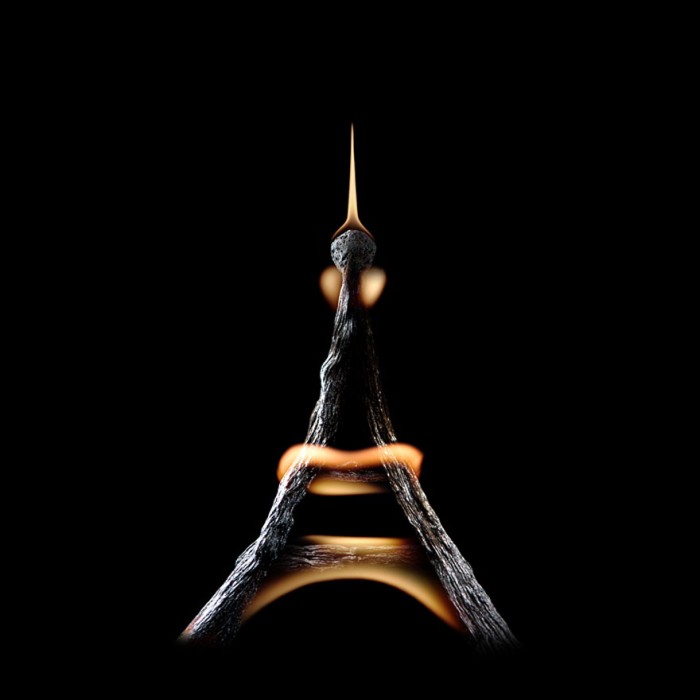|
|
Burning Matches Art
|
• The replacement of white phosphorus
Unfortunately, those involved in the manufacture of the new phosphorus matches were afflicted with phossy jaw and other bone disorders, and there was enough white phosphorus in one pack to kill a person. Deaths and suicides from eating the heads of matches became frequent. The earliest report of phosphorus necrosis was made in 1845 by Lorinser in Vienna, and a New York surgeon published a pamphlet with notes on nine cases. Attempts were made to reduce the ill-effects on workers through the introduction of inspections and regulations. Anton Schrötter von Kristelli discovered in 1850 that heating white phosphorus at 250° C in an inert atmosphere produced a red allotropic form, which did not fume in contact with air. It was suggested that this would make a suitable substitute in match manufacture although it was slightly more expensive. Two French chemists, Henri Savene and Emile David Cahen, developed a safe match using phosphorus sesquisulfide that was patented in 1898. They proved that the substance was not poisonous, that it could be used in a "strike-anywhere" match, and that the match heads were not explosive. They patented a safety match composition in 1898 based on phosphorus sesquisulfide and potassium chlorate. Albright and Wilson developed a safe means of making commercial quantities of phosphorus sesquisulfide in the United Kingdom in 1899 and started selling it to match manufacturers. White phosphorus however continued to be used, and its serious effects led many countries to ban its use. Finland prohibited the use of white phosphorus in 1872 followed by Denmark in 1874, France in 1897, Switzerland in 1898 and Holland in 1901. An agreement, the Berne Convention, was reached at Bern, Switzerland, in September 1906, which banned the use of white phosphorus in matches. This required each country to pass laws prohibiting the use of white phosphorus in matches. Great Britain passed a law in 1908 prohibiting its use in matches after 31 December 1910. The United States did not pass a law, but instead placed a "punitive tax" on white phosphorus-based matches, one so high as to render their manufacture financially impractical, in 1913. India and Japan banned them in 1919, and China banned them in 1925.
In the United States, the Diamond Match Company obtained the patent for sesquisulfide manufacture in 1900 for a sum of $100,000. In 1901 Albright and Wilson started making phosphorus sesquisulfide at their Niagara Falls, New York plant for the U.S. market, but American manufacturers continued to use white phosphorus matches. The Niagara Falls plant made them until 1910, when the United States Congress forbade the shipment of white phosphorus matches in interstate commerce. At the same time the largest producer of matches in the USA granted free use, in the USA, of its phosphorus sesquisulfide safety match patents. President William Howard Taft of the US then wrote publicly to the Diamond Match Company asking them to release the patent for the good of mankind, which they did in 1911. In 1913 Albright and Wilson also started making red phosphorus at Niagara Falls.
|
|









